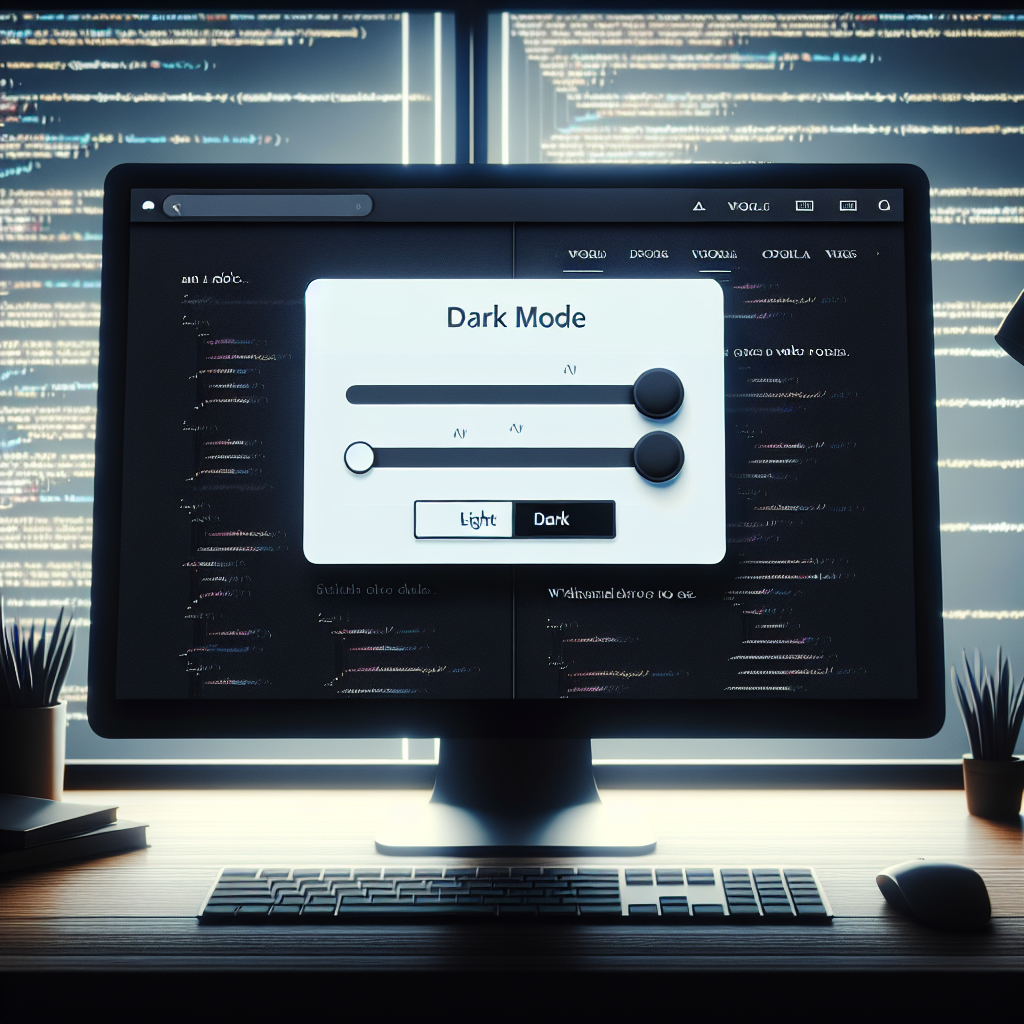The Ultimate Guide to Implementing Dark Mode on Your Website
Why Implement Dark Mode?
Dark mode has become a popular trend in website design, and for good reason. It not only offers a visually appealing alternative to the traditional bright, white interfaces, but also brings a host of benefits. It reduces eye strain, saves energy on OLED screens, and can even boost engagement by giving users the power to choose their preferred viewing mode.
The Magic of CSS
With just a few lines of CSS, you can create a dark mode version of your website. CSS, or Cascading Style Sheets, is a style sheet language used for describing the look and formatting of a document written in HTML.
Code Example
body {
color: white;
background-color: black;
}
This simple code changes the text color to white and the background color to black, creating a basic dark mode effect.
Implementing a Dark Mode Toggle
To improve the user experience, you may want to give your visitors the option to switch between light and dark modes. This can be achieved by using a little bit of JavaScript along with CSS.
Code Example
let darkMode = localStorage.getItem('darkMode');
if (darkMode === 'enabled') {
document.body.setAttribute('id', 'darkmode');
}
This script checks if the dark mode is enabled in the user's local storage. If it is, the body element is given an 'id' of 'darkmode' which you can then style accordingly in your CSS.
Conclusion
Implementing dark mode on your website is a surefire way to stay modern, improve user experience, and cater to visitor preferences. With just a few lines of CSS and JavaScript, you can provide a visually appealing and eye-friendly alternative to traditional web design.


